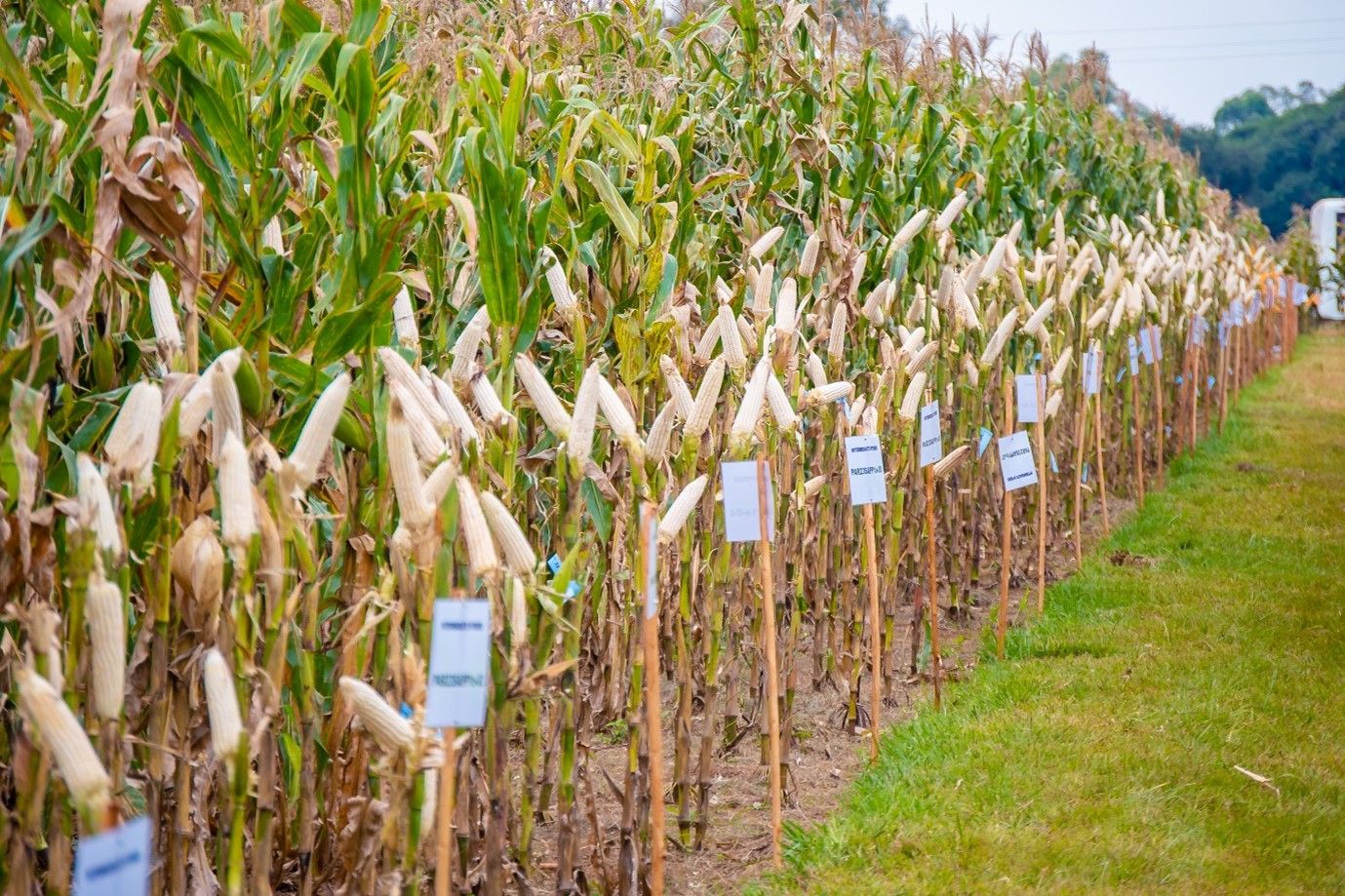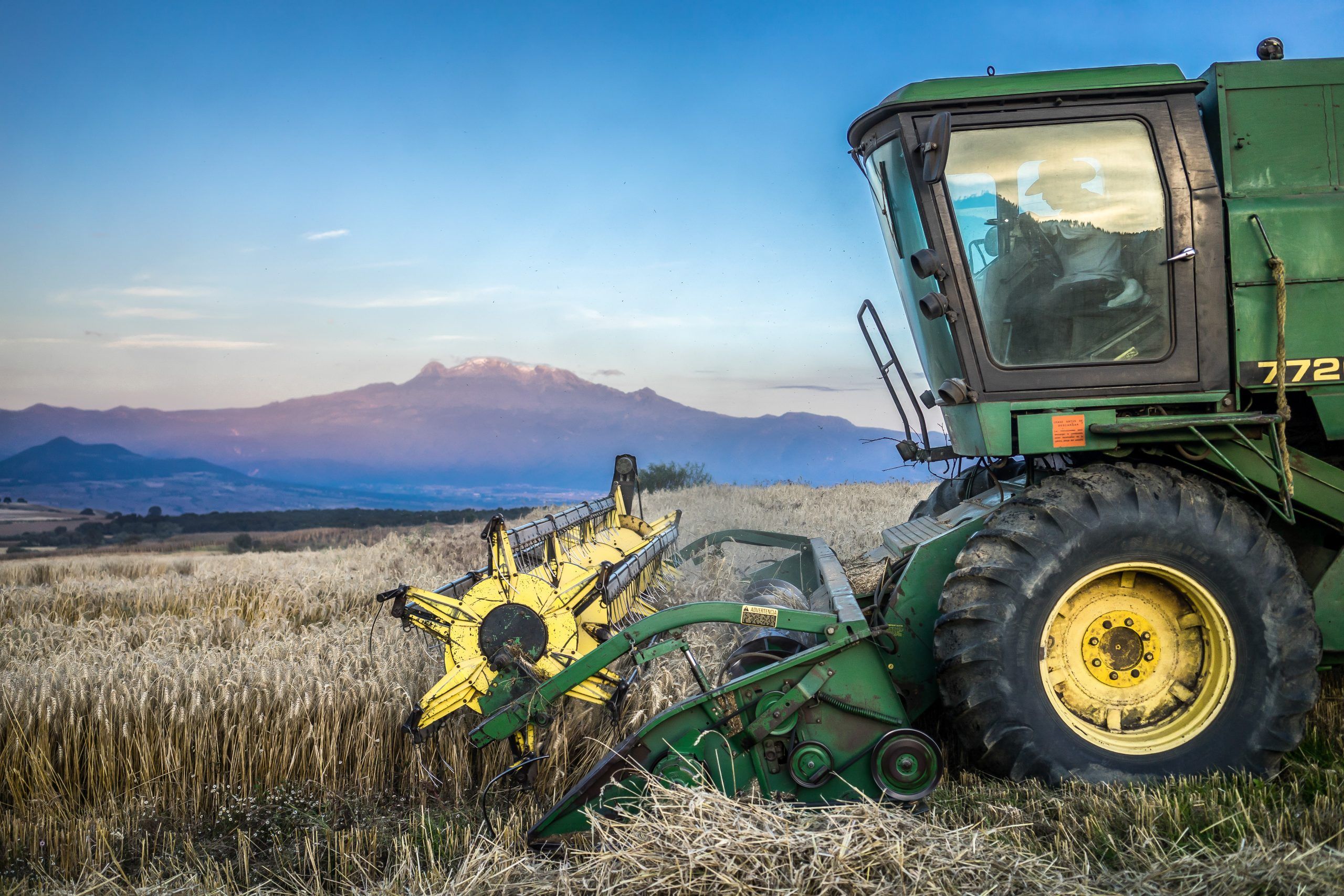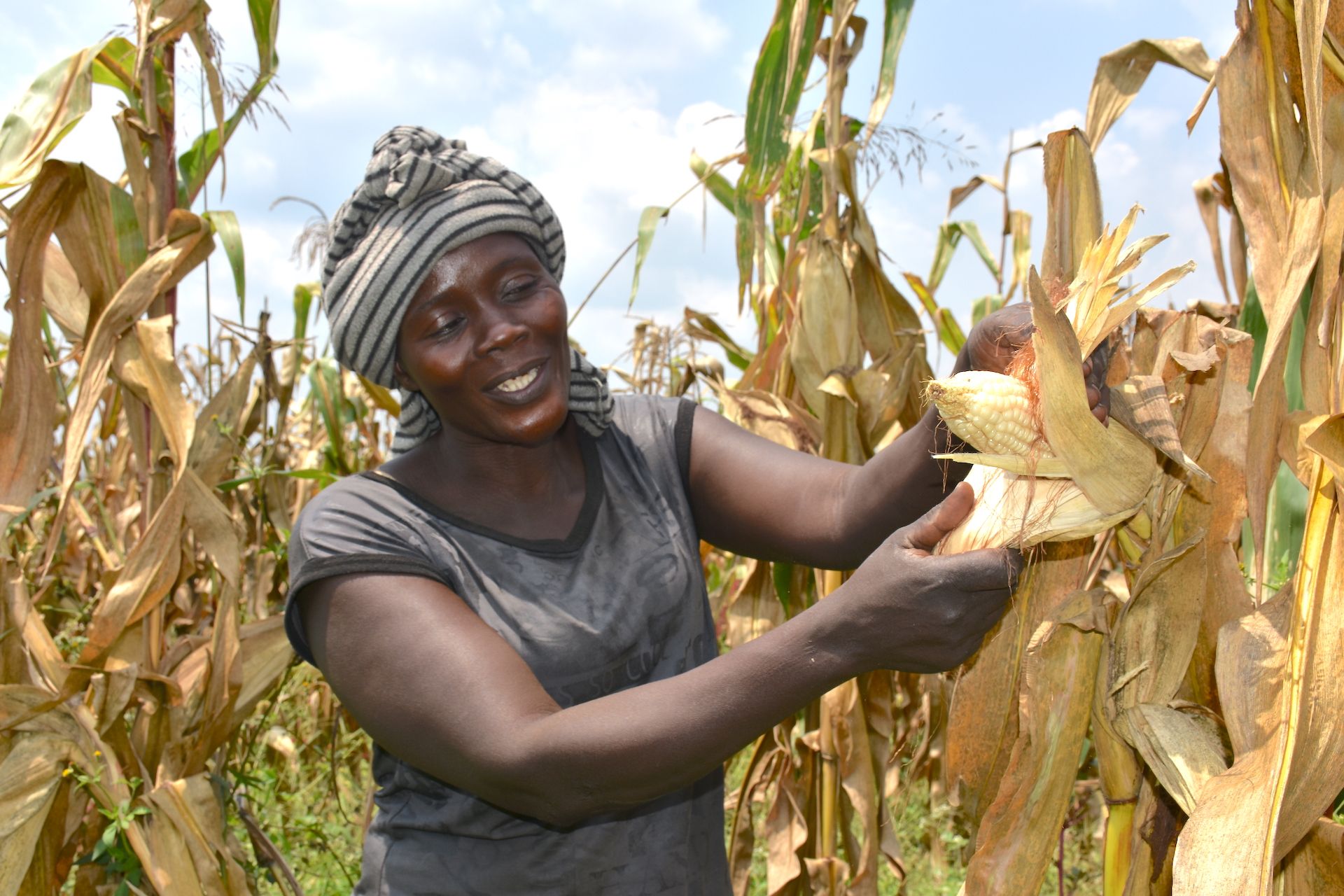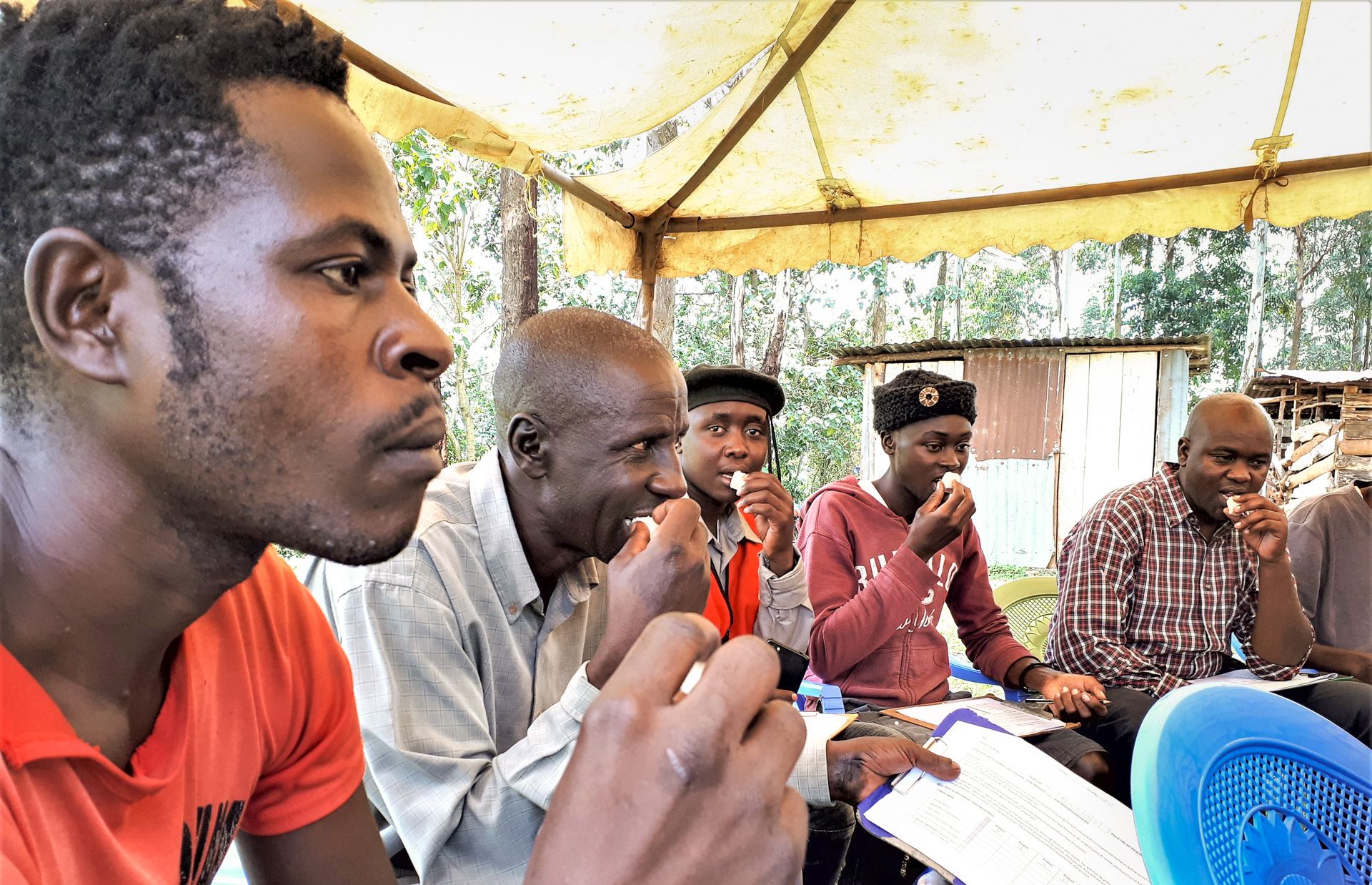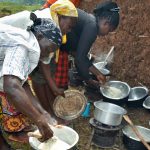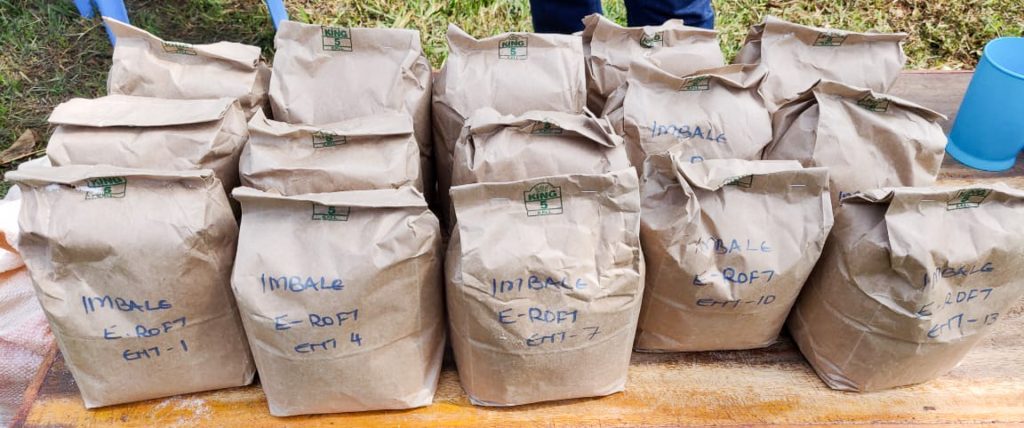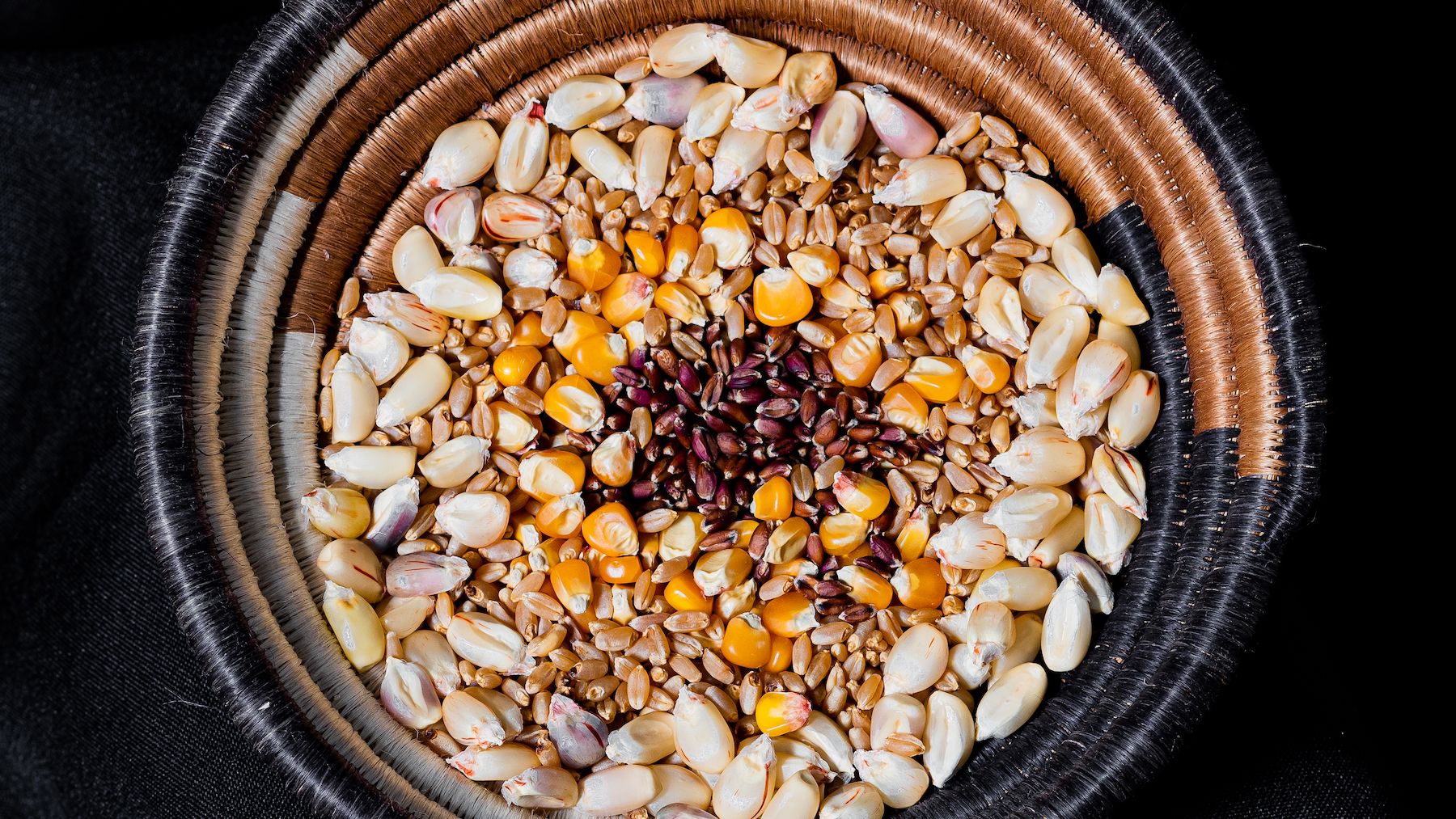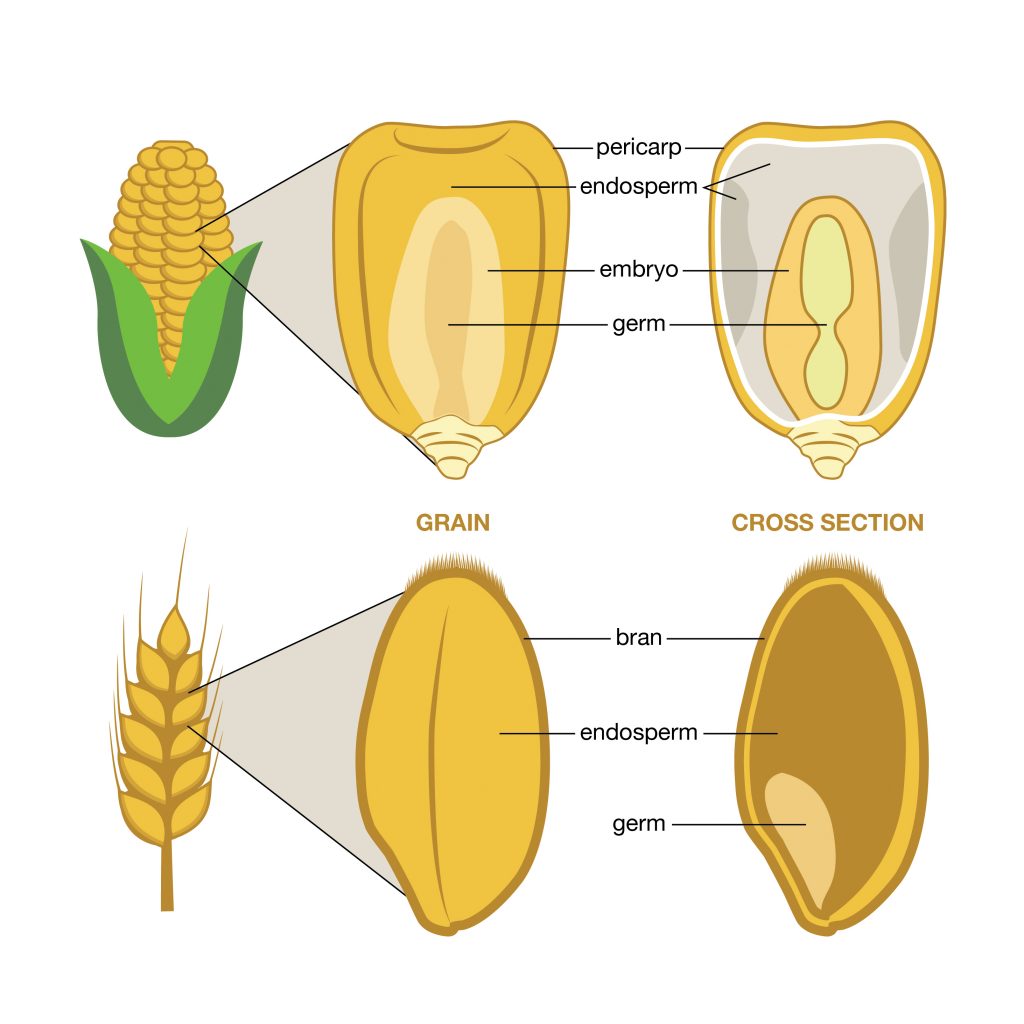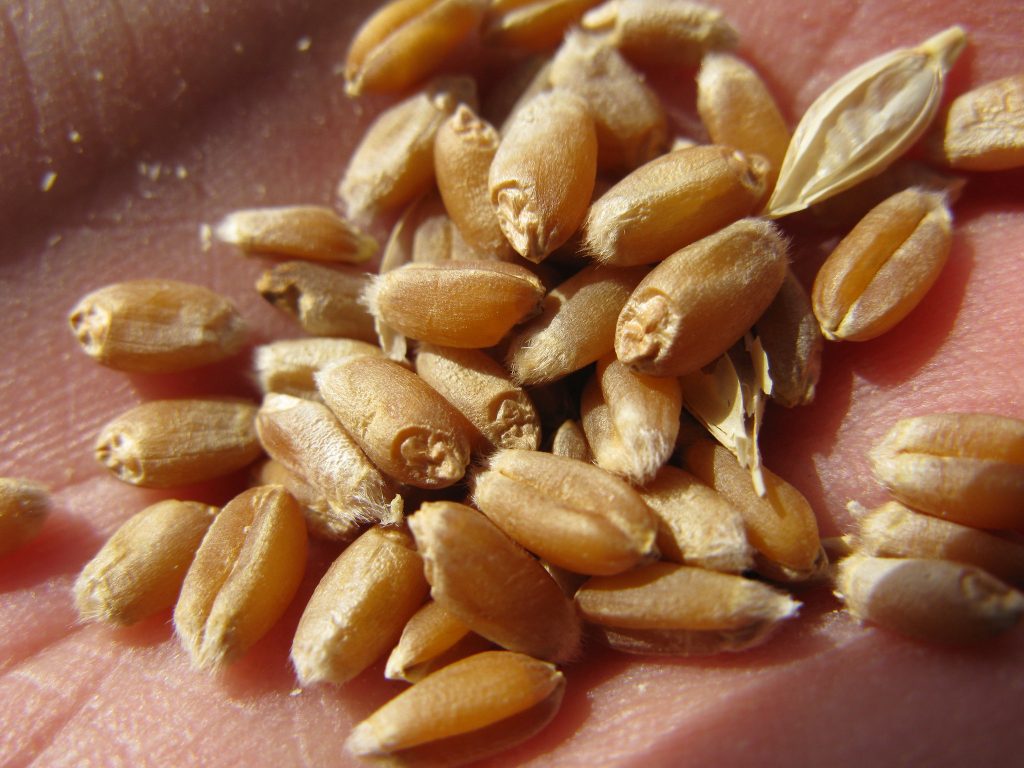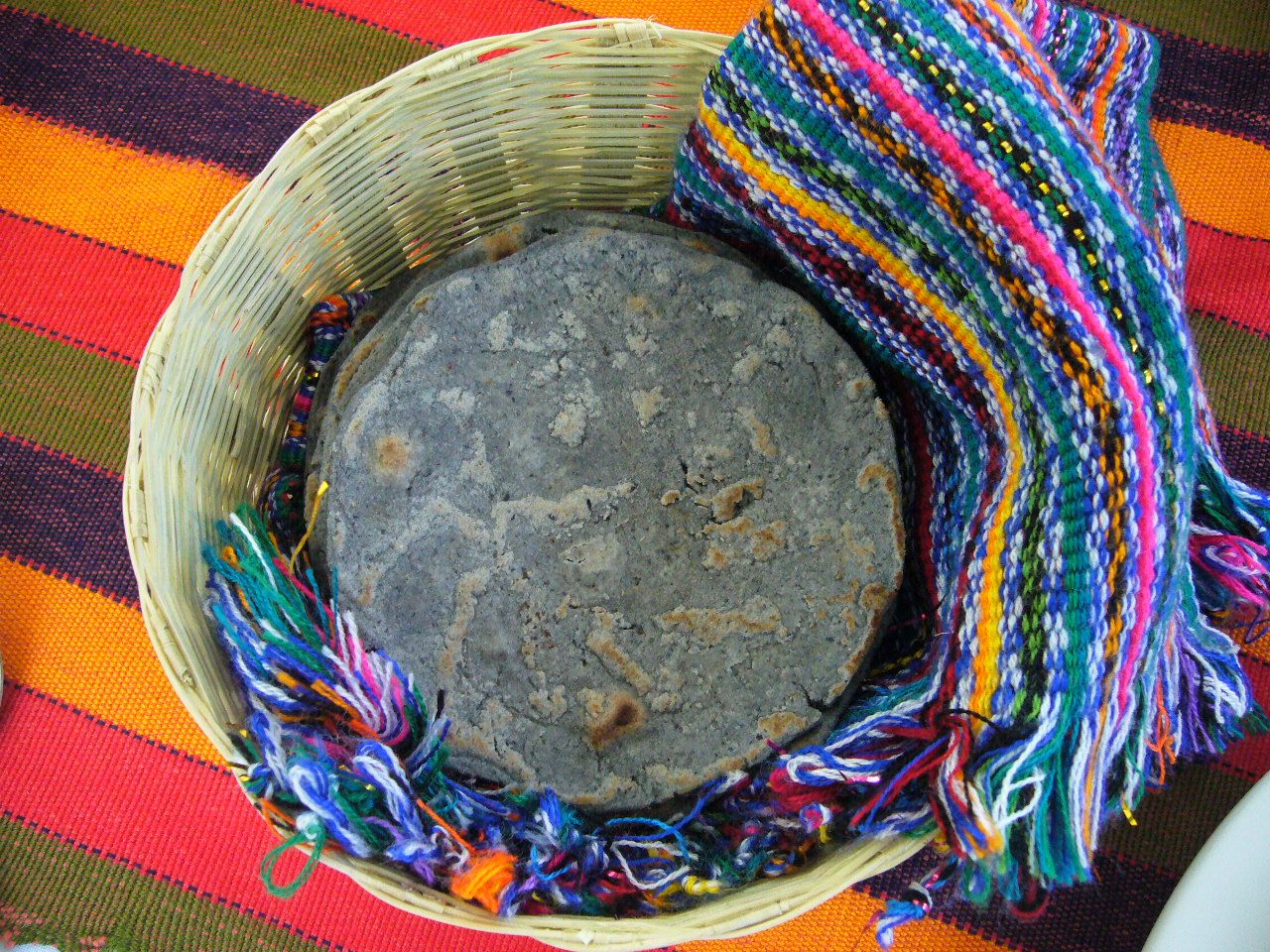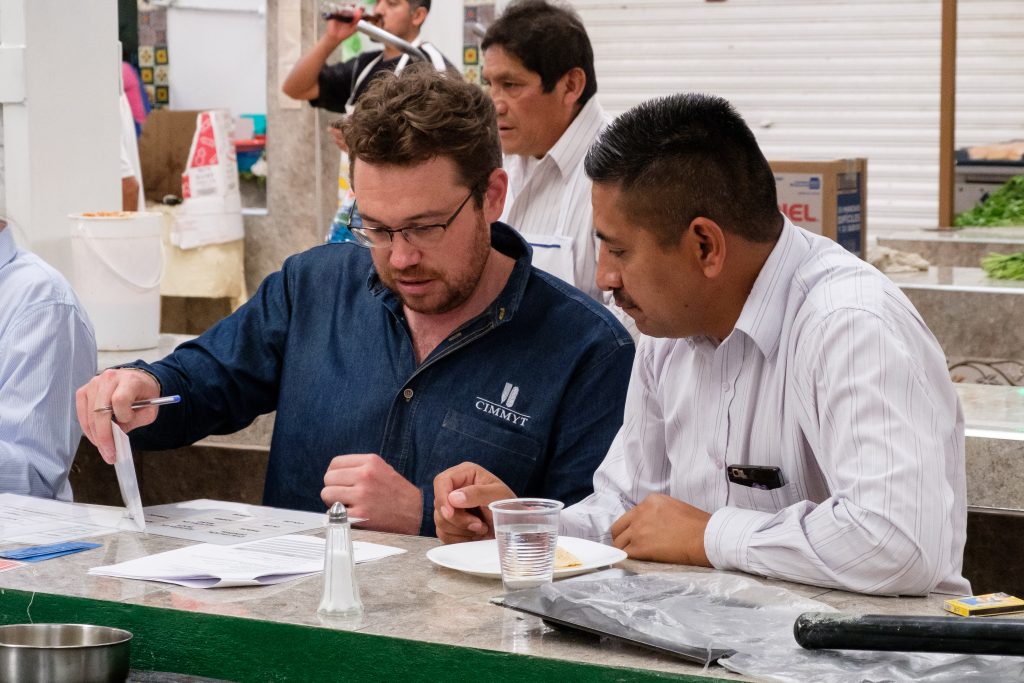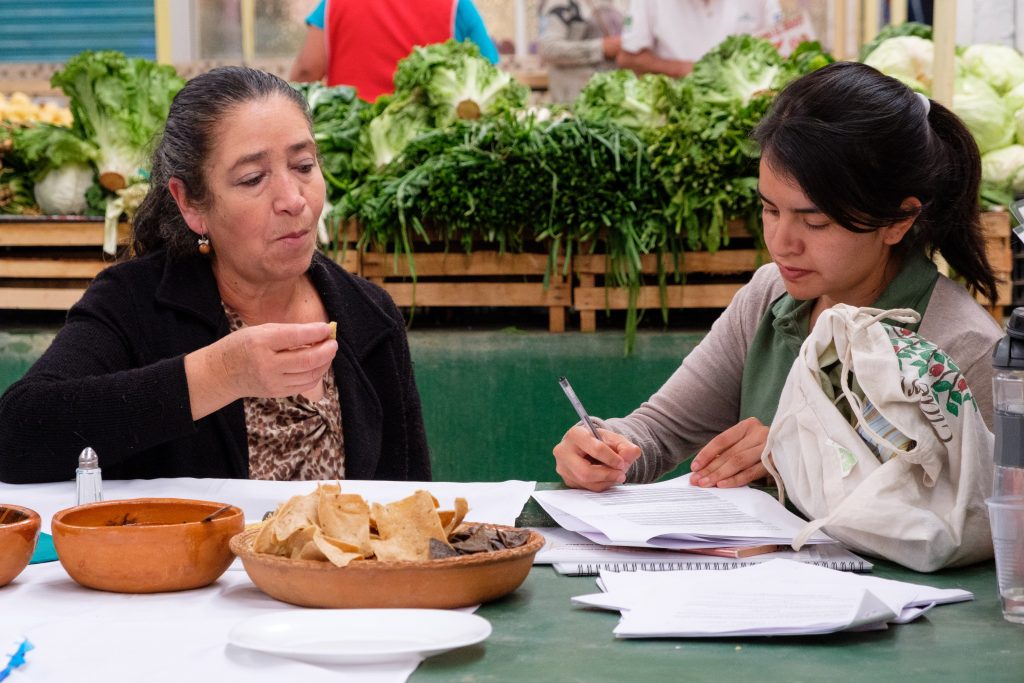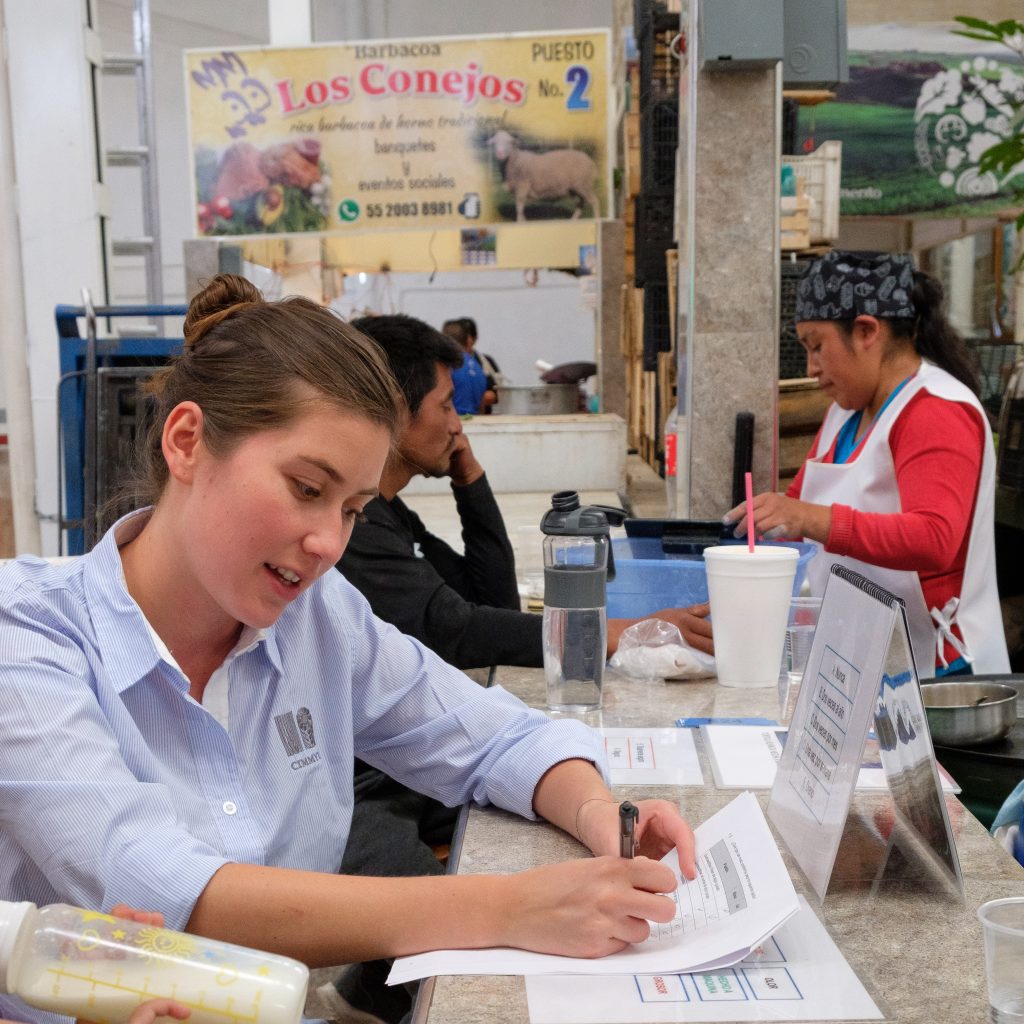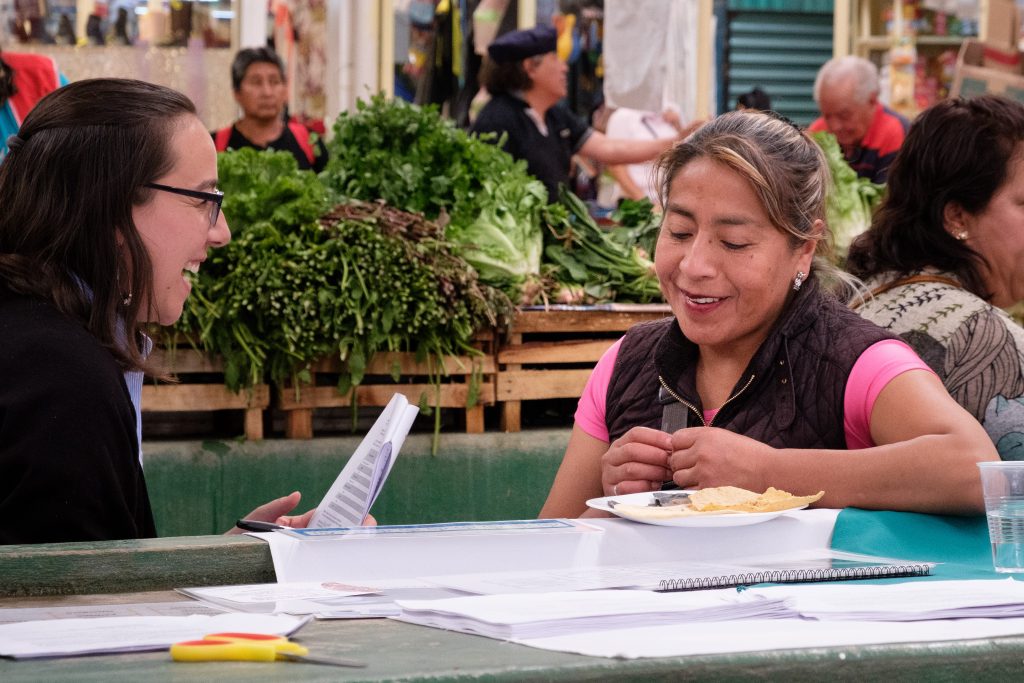Market segmentation and Target Product Profiles (TPPs): developing and delivering impactful products for farming communities
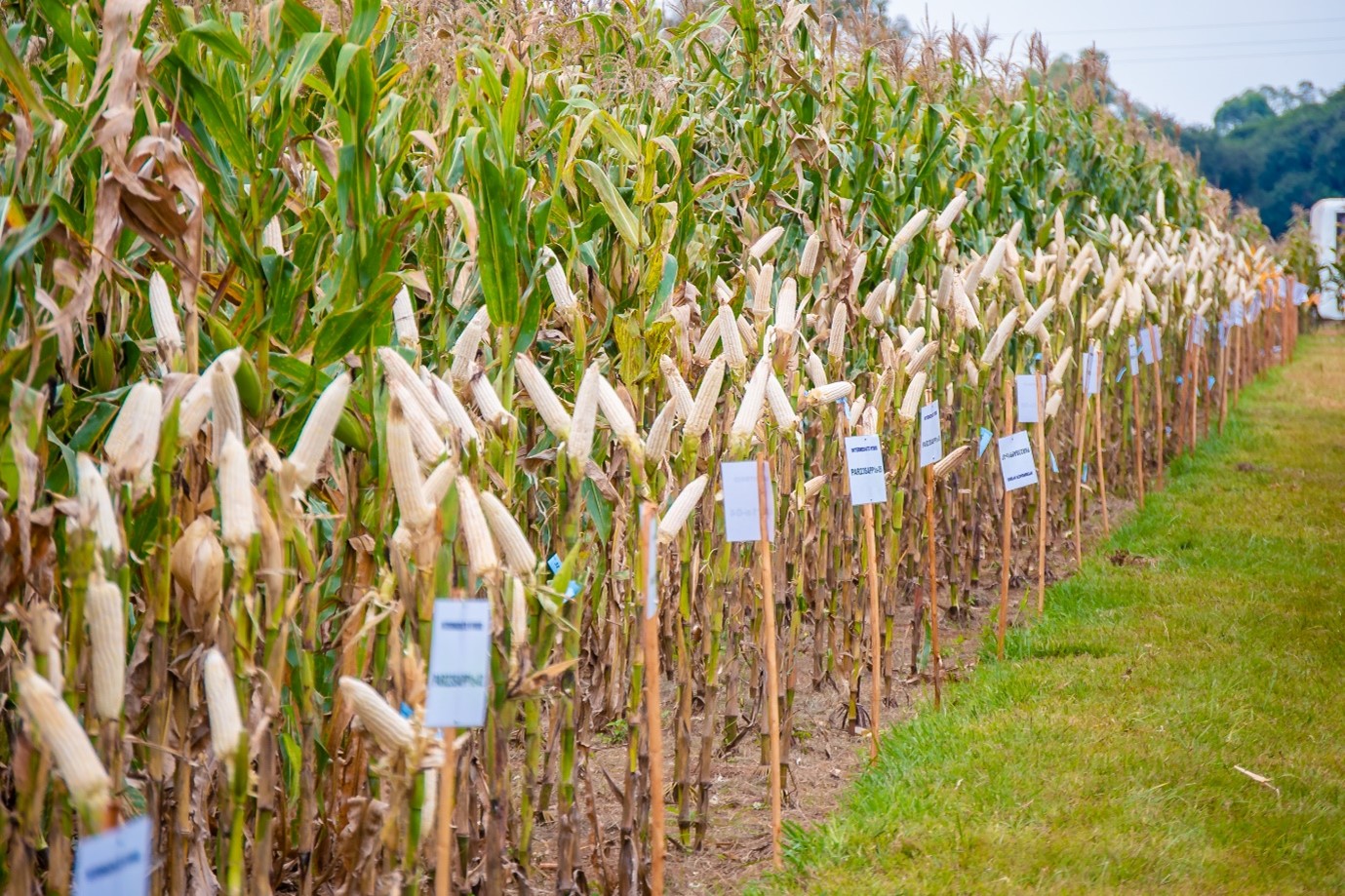
With the ever-changing climate conditions, including the unpredictable El Niño, and dynamic changes in government policies, understanding farmers’ preferences and market segmentation has become crucial for implementing impactful breeding programs. Market segmentation is a strategic process which divides a market into distinct group of consumers with similar needs, preferences, and behaviors. This allows organizations to tailor their products and services to specific customer segments, thus ensuring maximum value and impact.
In today’s fast-paced and evolving agricultural landscape, market segmentation plays a vital role in helping organizations navigate the complexities of a dynamic market. CIMMYT’s maize breeding program has a successful track record in developing and delivering improved varieties that are climate-resilient, high-yielding and suited to the rainfed tropical conditions in Africa. To further strengthen the impact, it is important to have a clear understanding of the evolving needs of farmers in different agroecological regions and the emerging market scenario so that breeding processes can be tailored based on market needs and client requirements.
Questions arise on how to refine the breeding programs relative to country-specific market segments, what efforts are underway to target these markets, and how do these markets transition. Recognizing the importance of market segmentation in refining breeding programs at the country and regional levels, CIMMYT hosted two workshops on maize market intelligence in Kenya and Zimbabwe, under the CGIAR Market Intelligence Initiative for eastern and southern Africa.
“Market intelligence in breeding programs is critical to understand the evolving needs of key stakeholders, including farmers, consumers, and the seed industry. It helps continuously improve the breeding pipelines to develop and deliver impactful products in targeted market segments. The workshops brought together relevant experts from the national programs and seed companies for focused discussions to develop a harmonized breeding strategy. This would help to address the needs of smallholder maize farmers in eastern and southern Africa,” said Director of CIMMYT’s Global Maize program and One CGIAR Global Maize Breeding Lead, B.M. Prasanna.

The workshops constituted a strategic continuation of the Product Design Team (PDT) meetings under CGIAR Market Intelligence, with a focus on the refinement of gender-intentional target product profile design. Guided by the expertise of CIMMYT’s Global Maize program, Market Intelligence, and ABI-Maize Transform teams, the sessions saw active participation from key stakeholders including lead breeders, seed systems experts, and market specialists from the National Agricultural Research and Extension Systems (NARES), alongside collaborative engagement with seed company partners. The workshops underscored the commitment to incorporate diverse perspectives, aligning with the evolving maize market landscape in eastern and southern Africa.
“The workshop provided critical insights on opportunities to improve market penetration of improved maize varieties. There is a need to strike a balance between the needs of the farmers, seed industry, and consumers in variety development; actively involve farmers and consumers in variety selection and understanding their preferences; and focus on emerging needs of the market such as yellow maize for feed and food,” said James Karanja, maize breeding lead at the Kenya Agriculture & Livestock Research Organization, Kenya.
Insights from both workshops underscored the importance of providing breeders with pertinent information and comprehensive training. The discussions illustrated the necessity for breeders to define their objectives with a 360-degree outlook, aligning breeding programs with market segments and interfacing with CIMMYT’s regional vision.

“The market intelligence workshop is an excellent initiative for the breeding programs. It shows how traits can be identified and prioritized, based on farmers’ requirements. The maize value chain is broad, and the synergy between the developer of the product (breeder), the producer (farmer), and the consumer needs to be effective. Hence, streamlining of the market segments and eventually the target product profiles is key in ensuring that the breeders develop improved products/varieties with relevant traits that address the needs of farmers, consumers, and the seed industry,” said Lubasi Sinyinda, breeder from the Zambia Agricultural Research Institute, Zambia.
Another participant, Lucia Ndlala, a maize breeder at the Agricultural Research Council, South Africa, echoed similar enthusiasm. “The workshop was exceptionally informative, providing valuable insights into target product profiles and market segments. This knowledge will undoubtedly prove instrumental in shaping future breeding strategies,” she said.
When applied through a breeding lens, market segmentation is a vital tool in refining breeding programs at both country and regional levels, enabling breeders to better understand and address the diverse needs of the farmers, and ensuring that the improved varieties are tailored to market segments.
